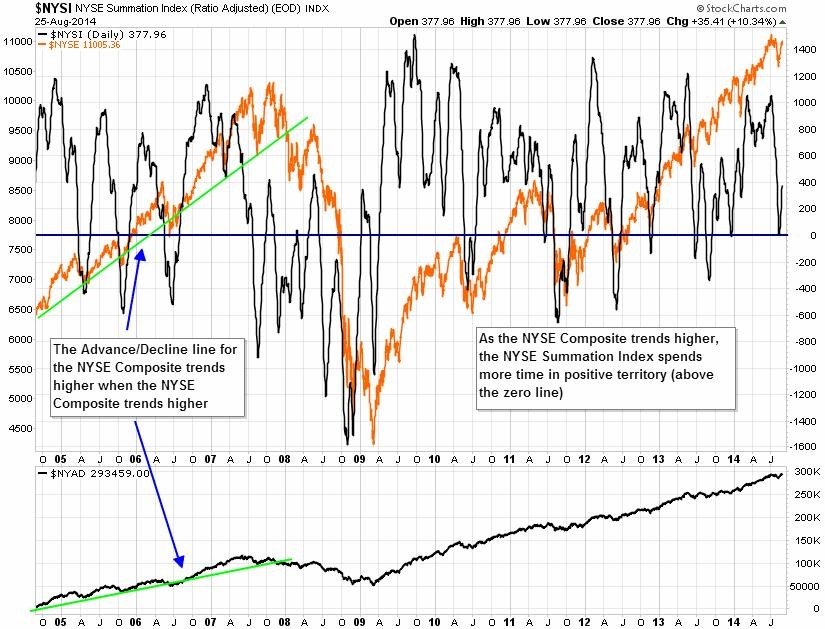Computerized Investing
Post on: 16 Март, 2015 No Comment

by CI Staff
A companys stock price, in large part, is driven by the companys ability to generate earnings. Therefore, it is useful for investors to analyze the profitability of a company before investing in it. One way to do this is by calculating and tracking various profit margins, which reflect how efficiently a company uses its resources.
Profit margins are expressed as a ratio, specifically earnings as a percentage of sales. By expressing margins as a percentage, we are able to compare the profitability of different companies more easily. Margins allow investors to judge, over time, managements ability to manage costs and expenses and to generate profits. Managements success or failure determines the companys profitability. Strong sales growth is meaningless if management allows costs and expenses to grow disproportionately.
In this Fundamental Focus, we highlight three key profit margin ratiosgross profit margin, operating profit margin and net profit margin.
Gross Profit Margin
The gross profit margin (gross margin) measures the profit a company makes from its cost of goods sold (cost of sales). Cost of sales represents expense related to labor, raw materials and manufacturing overhead used in the production process. This ratio measures how efficiently management uses labor and raw materials in the production process, and it is calculated as follows:
Gross profit margin = (sales cost of goods sold) sales
A company uses its gross income to fund such company activities as research and development and marketing, which are important for generating future sales. A prolonged decline in the gross profit margin is a red flag for possible impending negative pressure on sales and, ultimately, earnings.
Trends in the gross margin reflect a companys basic pricing decisions and material costs. However, management generally cannot exercise complete control over these costs. Rising labor costs and raw materials costs will cut into a companys gross profit margin if the firm cannot pass these rising costs onto its customers in the form of higher prices.
Note that not all firms disclose their cost of goods sold on their income statements, notably financial and other service-related companies. In such instances it is not possible to calculate the companys gross profit margin.
Operating Profit Margin
The operating profit margin (operating margin) compares a companys operating income (earnings before interest and taxes, or EBIT) to sales. It indicates how successful management has been in generating income from operating the business. The calculation is as follows:
Operating profit margin = [sales cost of goods sold selling, general & administrative (SG&A) costs] sales
SG&A expense is the sum of all direct and indirect selling expenses and all general and administrative expenses of a company. Direct selling expenses are directly tied to the sale of a specific unit, such as credit, warranty and advertising expenses. Indirect selling expenses cannot be directly linked to the sale of a specific unit, but are proportionally allocated to all units sold during a certain periodfor example, telephone, interest and postal charges. General and administrative expenses include salaries of non-sales personnel, rent, heat and lights.
Management has greater control over SG&A expenses, so it is important when conducting margin analysis to scrutinize operating margin. Trends in operating marginpositive or negativeare, for the most part, directly tied to management decisions.
Companies with higher operating margins relative to their peers might possibly have more effective price controls, or they might be growing sales more than operating costs.

Among analysts, operating margin is often considered a more valid or reliable profitability measure than net profit margin (below). as operating income tends to be more difficult to manipulate than net earnings.
Net Profit Margin
Net profit is profit that is generated from all phases of the business, including interest and taxes. This is the bottom line that garners most of the attention in discussions of a companys profitability. The net profit margin (net margin) compares net income to sales, such that:
Net profit margin = net income after taxes sales
A consistently high net margin is often indicative of a company with one or more competitive advantages. Furthermore, a high net margin provides a company with a cushion during downturns in its business.
Margin Analysis
When analyzing profit margins, it is useful to examine the trends for individual companies over time as well as to compare a companys levels to its competitors and to industry norms. However, it is important to note that margins can differ drastically from company to company and industry to industry. Some industries, historically, have much higher margins relative to others. For this reason, when comparing companies on the basis of their profit margins, it is vital to compare firms in similar lines of business. Differences in margins for companies in the same industry provide insights into industry- and company-specific cost structures.
Table 1 presents the gross margins, operating margins and net margins for three airlines for the last 12 months (current) and for each of the last seven fiscal years. The companies are AMR Corporation (AMR). parent company of American Airlines; Delta Air Lines, Inc. (DAL) ; and Southwest Airlines Co. (LUV). In addition, we present the median industry statistics for comparison. Two of these airlines have participated in the recent consolidation in the industry: Delta purchased Northwest in 2008, and earlier this year Southwest purchased AirTran. The driving force behind mergers is often lower costs through economies of scale and synergies.














